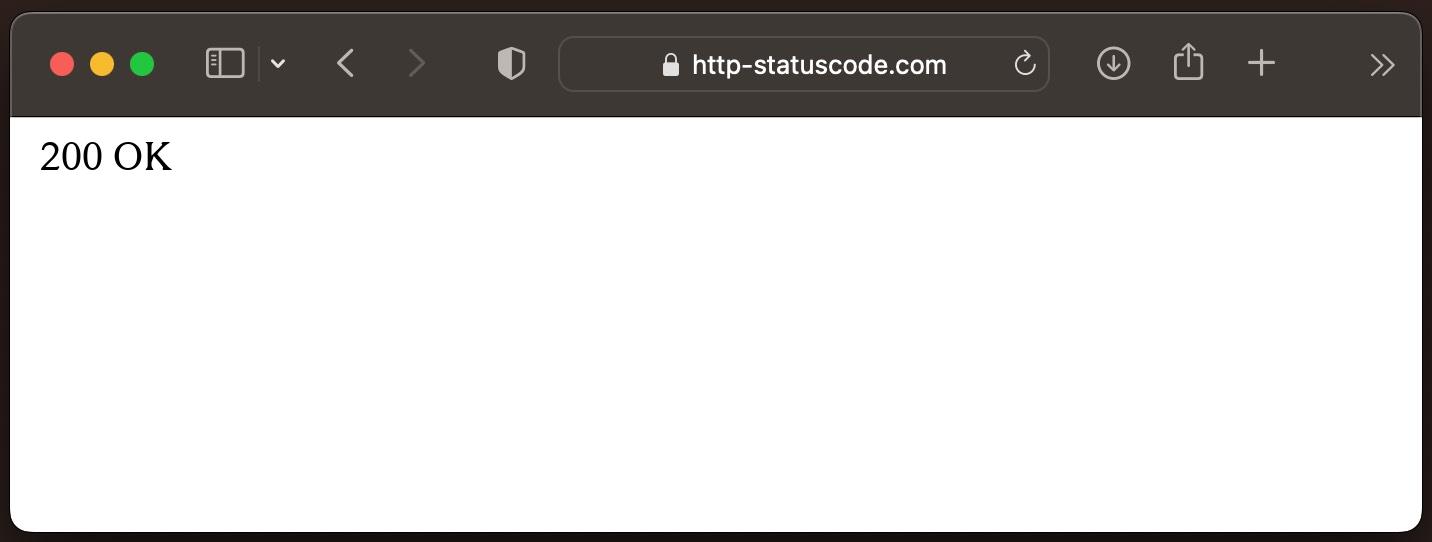HTTP status codes 200 OK and 201 Created: successful, but different in meaning

The history of HTTP status codes
.The history of HTTP status codes dates back to 1996, when the 200 OK status code came into existence with the introduction of HTTP 1.0. At that time, this code was used to signal a successful request where the requested data was included in the response.
A few years later, in 1999 to be exact, the 201 Created status code was added with the new HTTP/1.1 release. This status code went beyond mere success and revealed that the server had created an entirely new resource. For RESTful APIs in particular, the 201 Created status code proved to be extremely valuable, playing a critical role in the creation of new entities. The response to a request with this status code usually contained the URI of the newly created resource, which facilitated further interaction between the client and server.
The meaning of HTTP status code 200 OK
The 200 OK status code is a true all-rounder, commonly used to indicate a successful request. It confirms that the server has successfully processed the client's request and the requested data has been returned in the response. This status code is widely known and used in most cases for everyday HTTP requests. However, it does not reveal to us any further information about whether a resource was newly created or whether existing data was merely retrieved.
.The Meaning of HTTP Status Code 201 Created
The 201 Created status code goes beyond the simple success message and provides additional information. It indicates that not only was the request successful, but a brand new resource was created on the server. For RESTful APIs, where clients frequently create new entities, this status code is critical. The response to a request with the 201 Created status code usually contains the URI of the newly created resource, which facilitates further interaction between the client and server.
Commonalities and differences
.Both the 200 OK and 201 Created status codes signal a successful request, but their subtle differences lie in the nature of the success message. While the 200 OK status code simply confirms the success of a request and provides the requested data, the 201 Created status code additionally tells us that a new resource has been created. This subtle distinction makes the 201 Created status code particularly valuable for scenarios where the creation of new entities is the primary concern.
Pros and cons of status code 200 OK
.The 200 OK status code is a widely used and easy-to-use code that is used in most cases for successful requests. It signals success without revealing specific details about the nature of the response. However, in the context of RESTful APIs, this generality can be challenging, especially when determining whether a resource has been newly created.
Pros and Cons of Status Code 201 Created
The 201 Created status code provides specific information that a new resource has been created. This is especially important for RESTful APIs when clients create new entities. Although the 201 Created status code is not as widely used as the 200 OK, it is of great importance in API scenarios to make communication between client and server effective.
Conclusion: the importance of HTTP status codes
.In summary, the HTTP status codes 200 OK and 201 Created provide important information about the success of a request. While the 200 OK status code represents a general success message, the 201 Created status code additionally indicates that a new resource has been created. This subtle distinction is especially critical for RESTful APIs to ensure clear communication between the client and server.
As a developer, it is important to understand the pros and cons of these status codes in order to make the optimal selection for specific use cases. With this knowledge, developers can improve the quality and efficiency of their client-server communications and use the right status codes for successful requests. So, here's to good status codes and successful requests!
Status code:
More blog articles:
HTTP status codes are essential for communication between servers and clients. They play a particularly important role in search engine optimization (SEO), as they signal to web crawlers such as Go...
Section 1: What is the xmlrpc.php file and where is it foundThe xmlrpc.php file is an important component in WordPress, one of the world's leading content management systems (CMS) for creating and ...
Web performance and the resulting user experience are central aspects for the success of any website. One significant factor that affects this performance is HTTP status codes, especially in the co...
